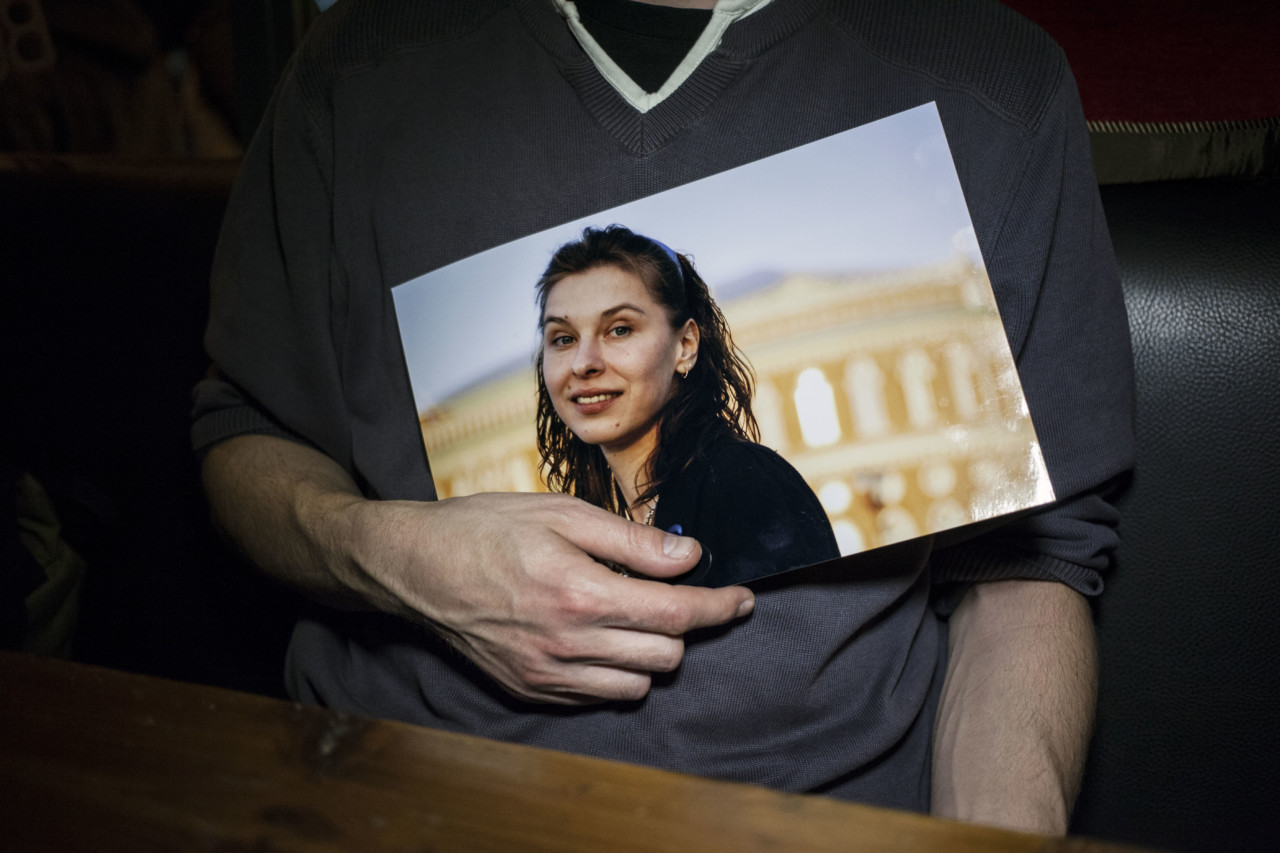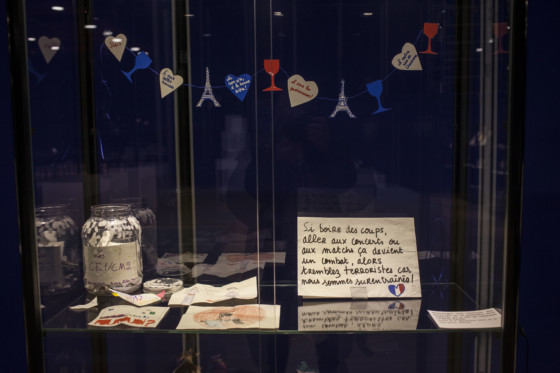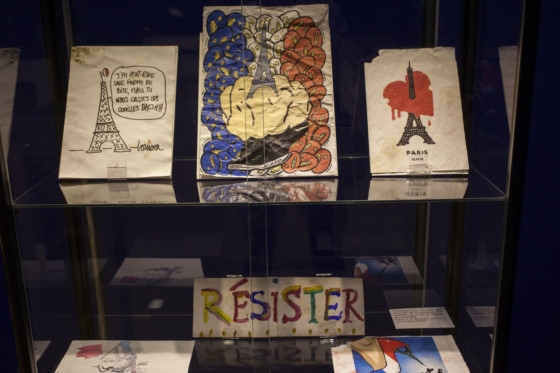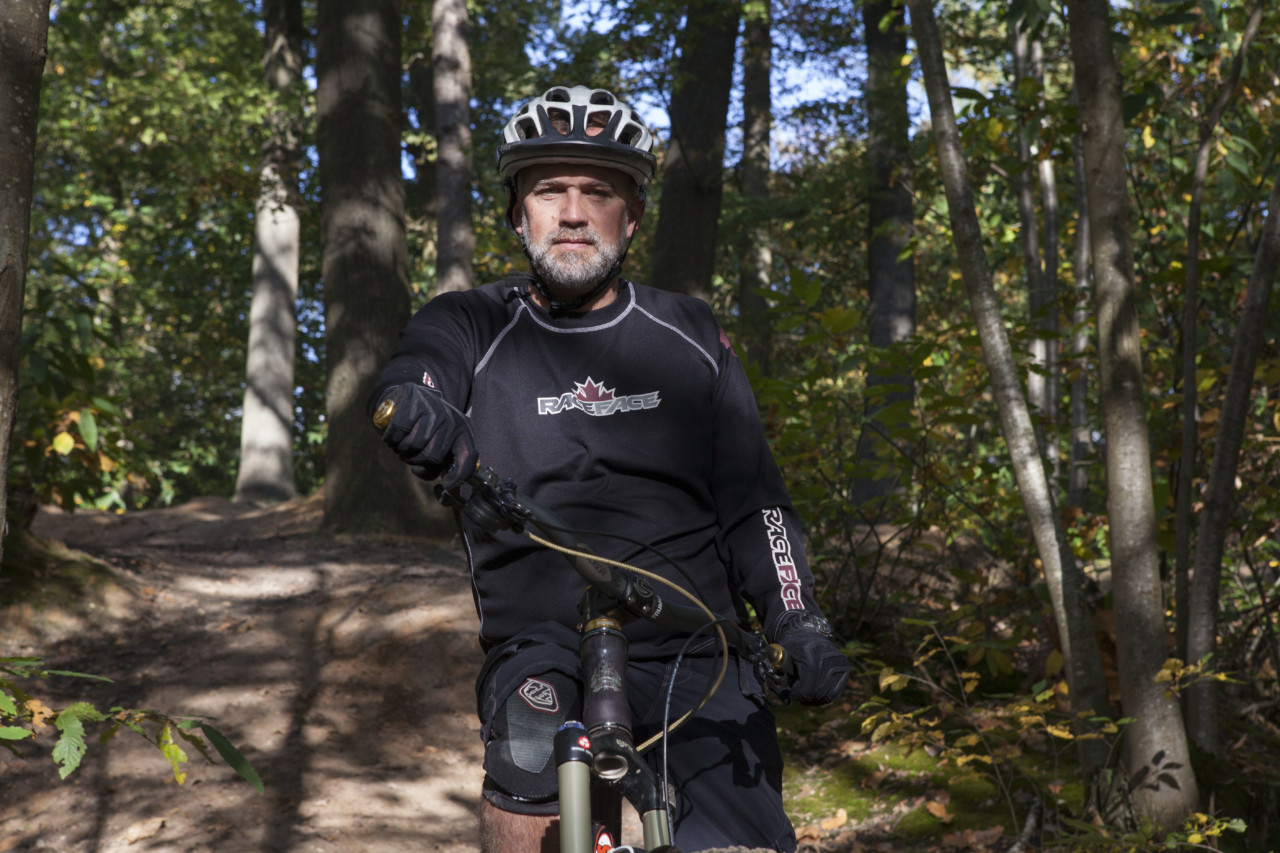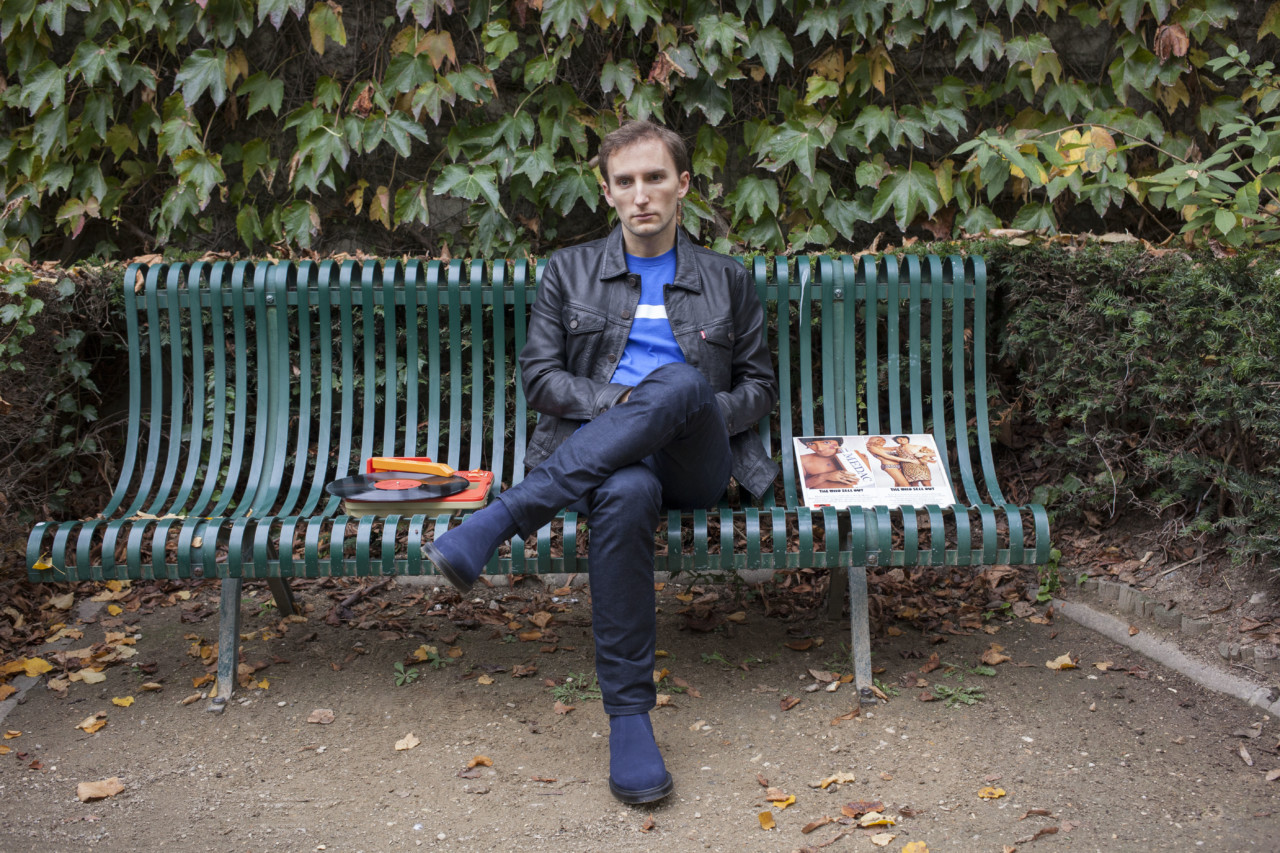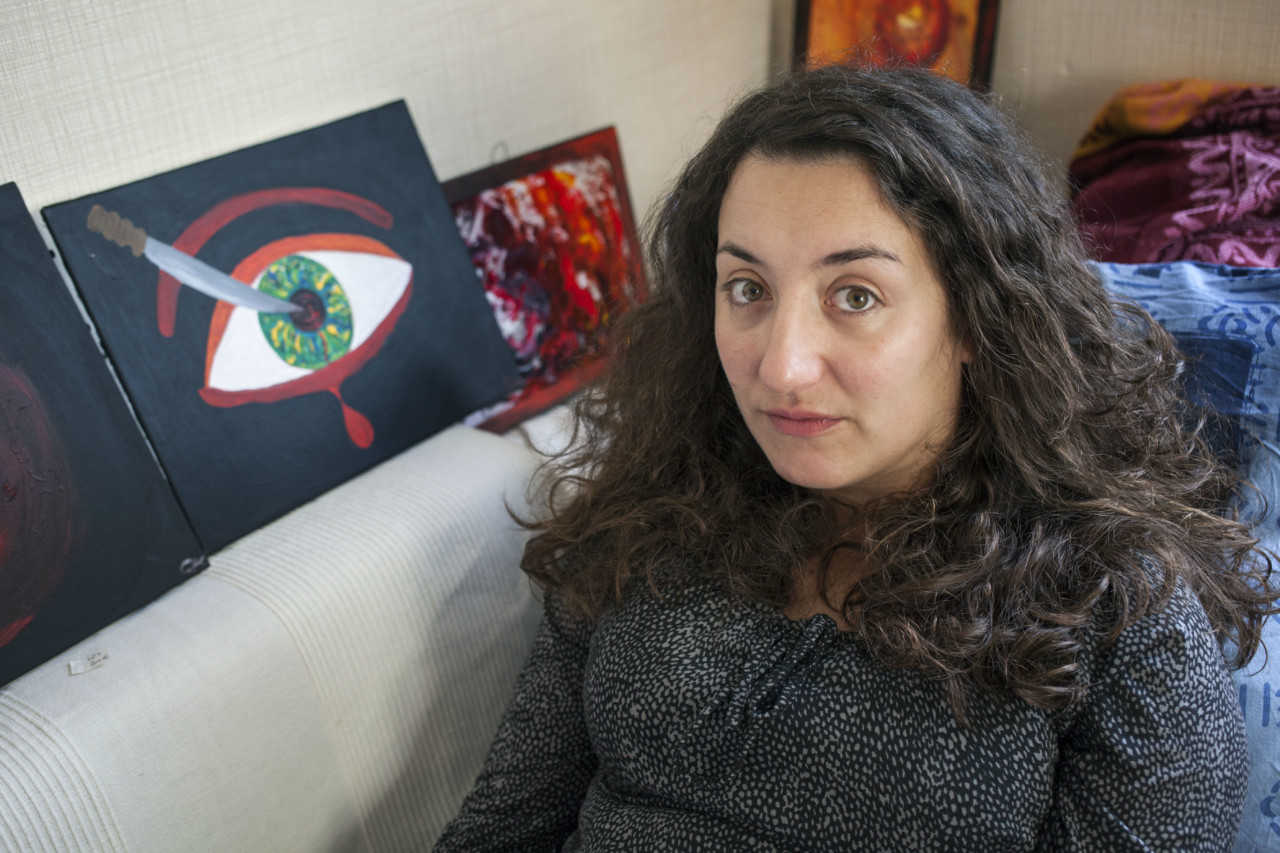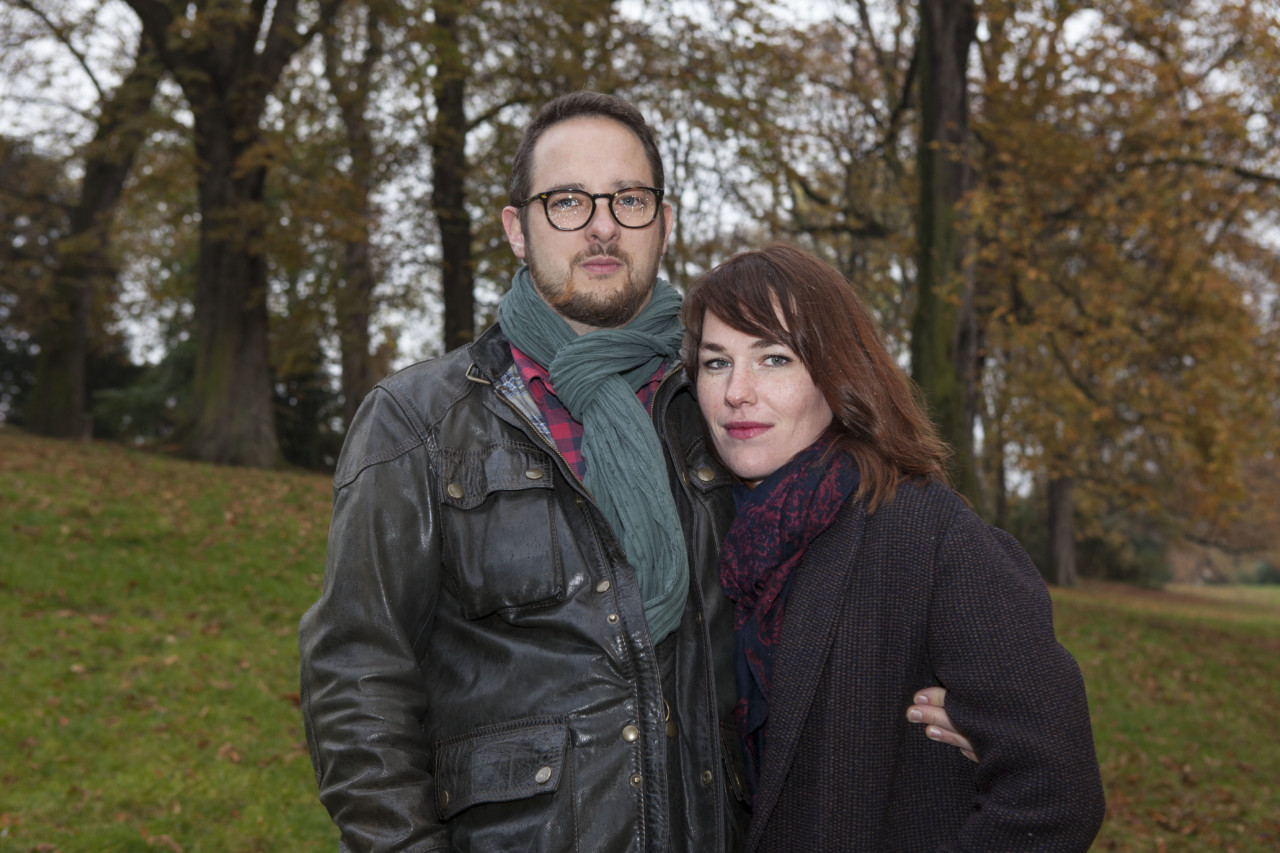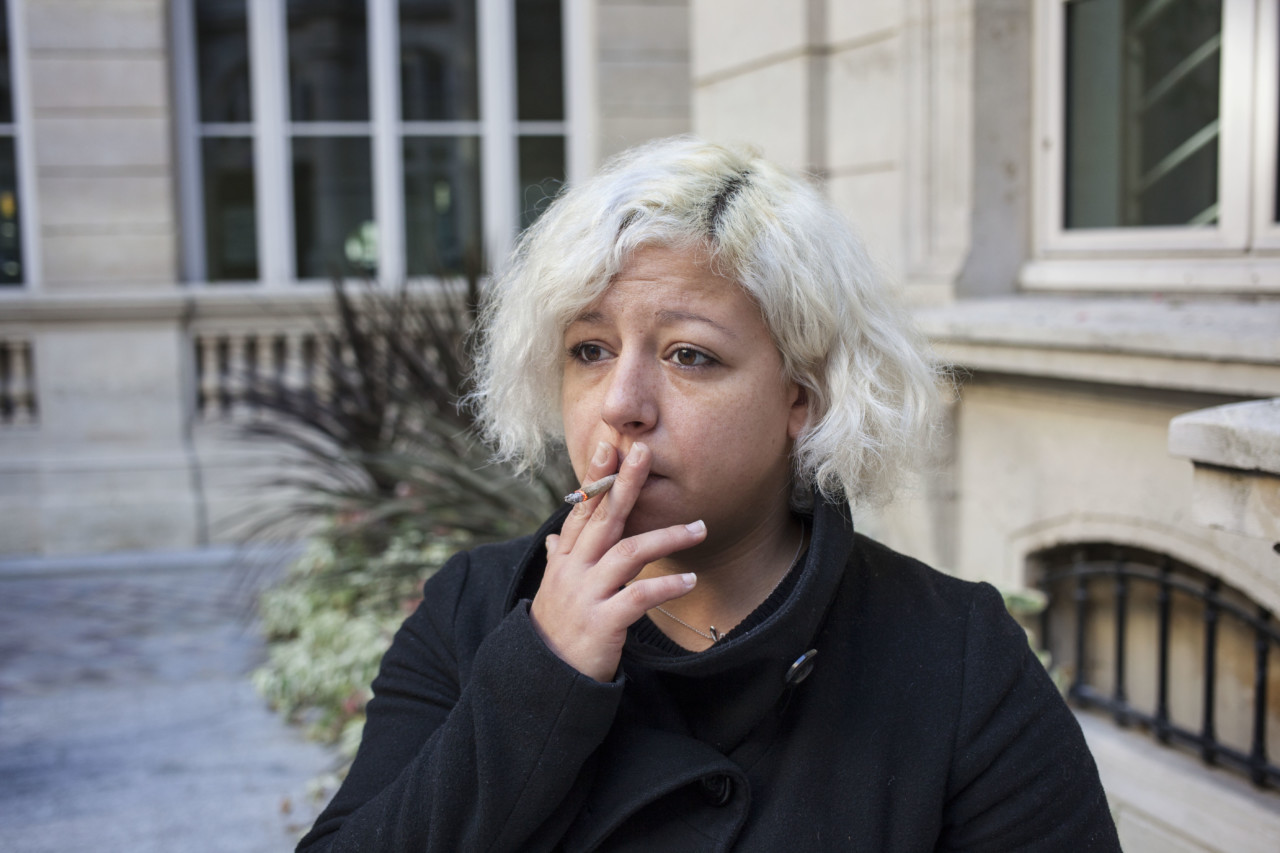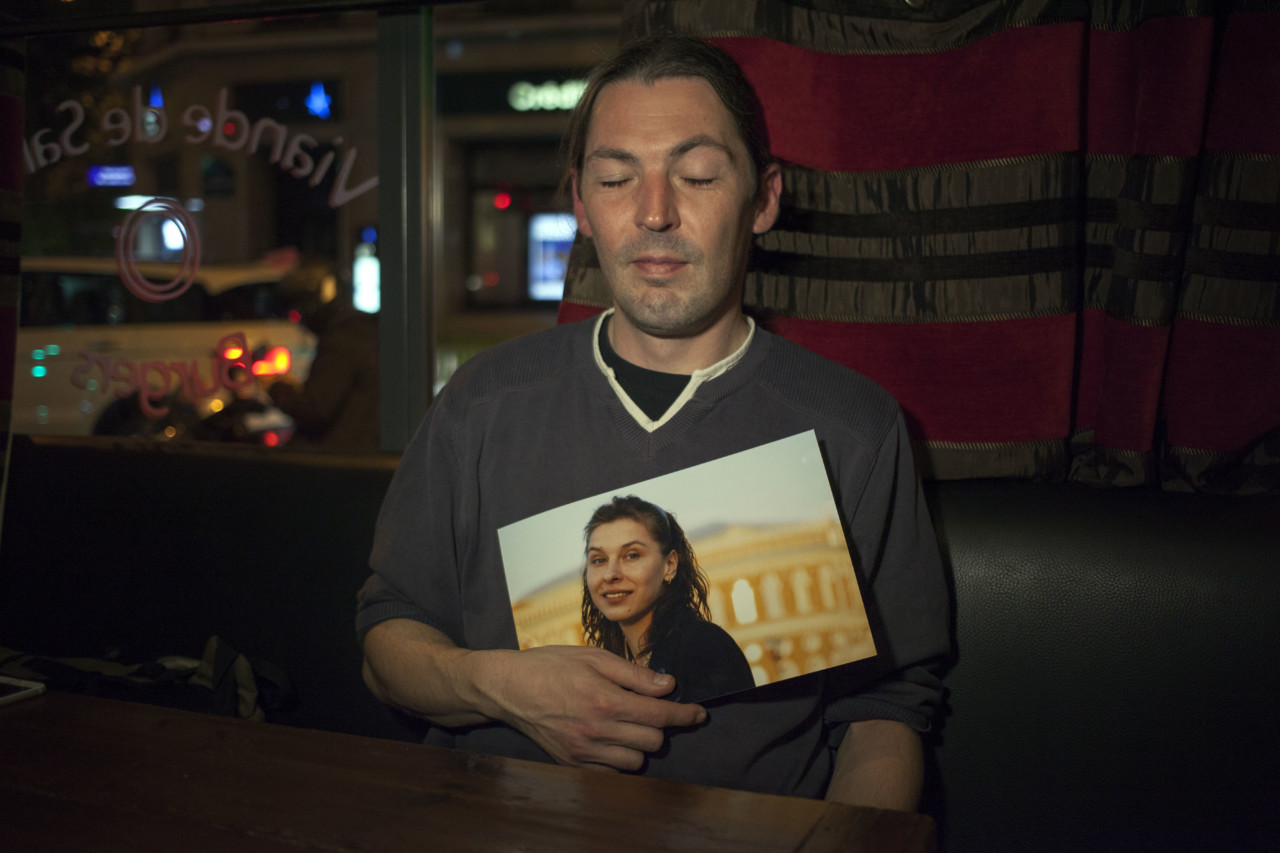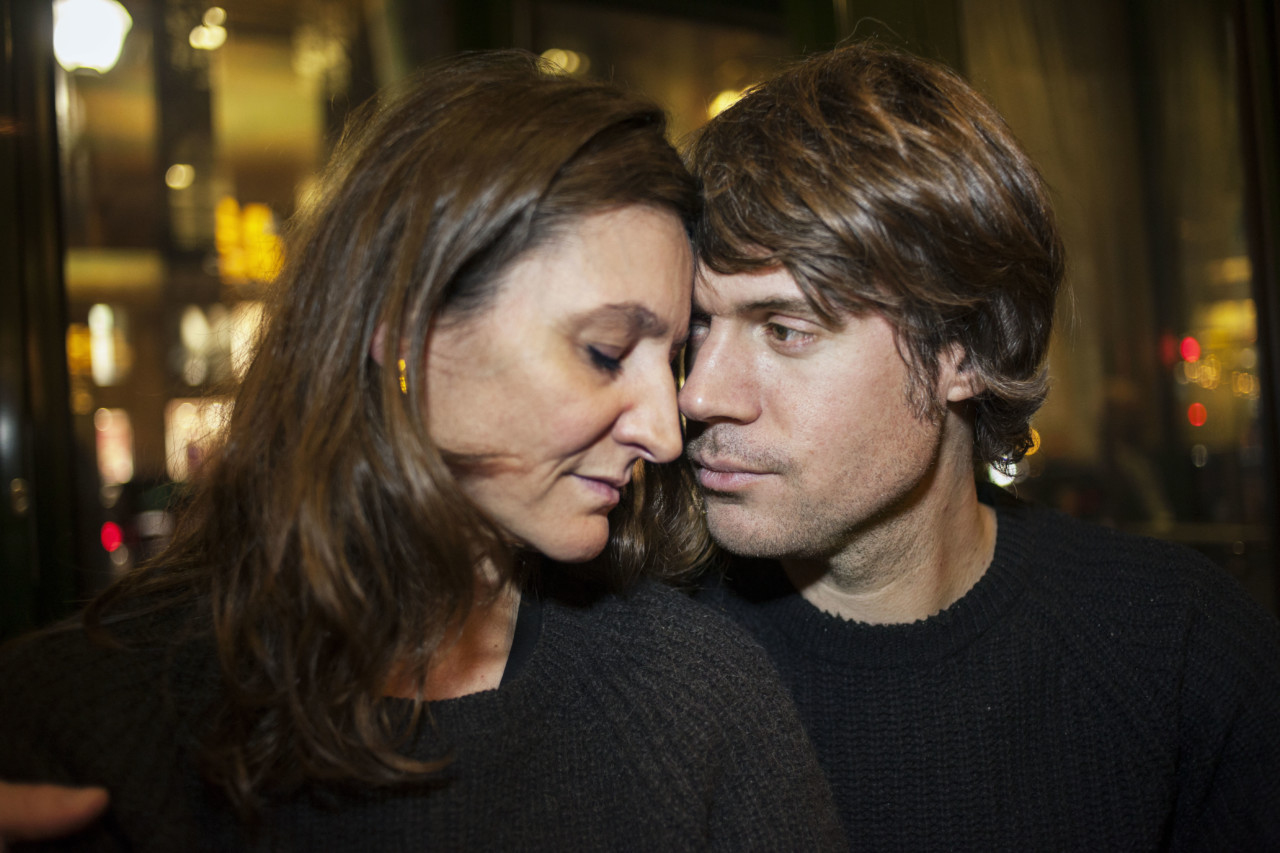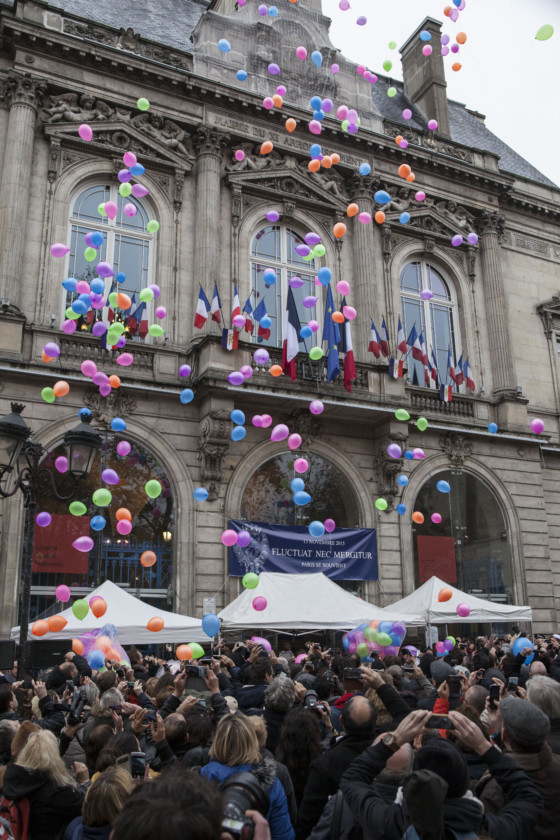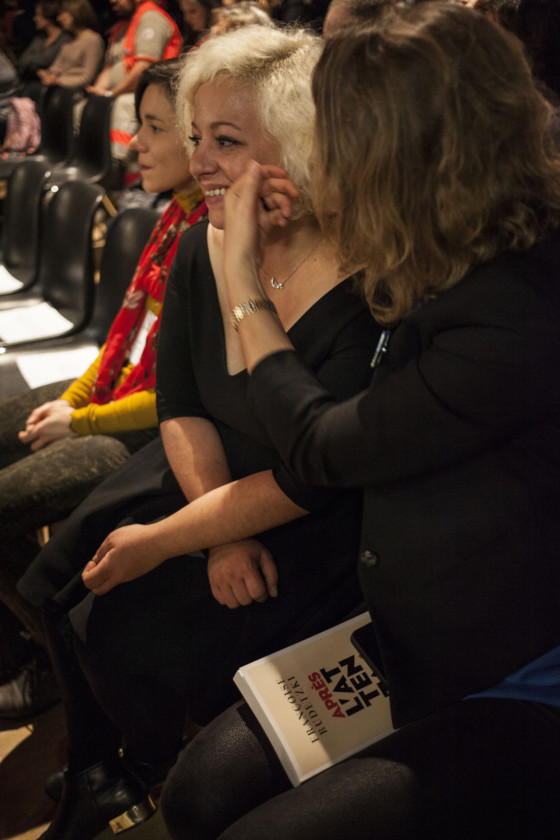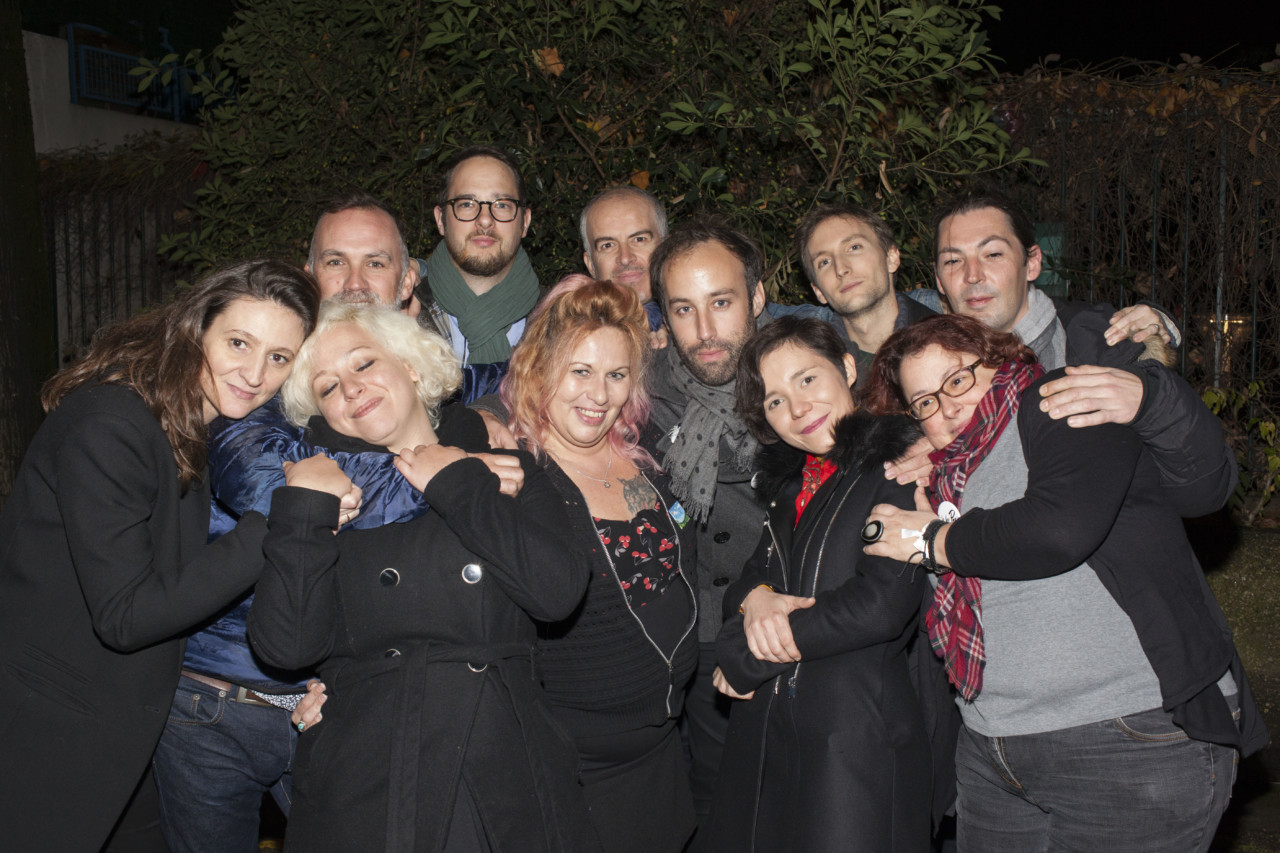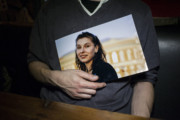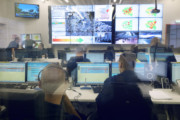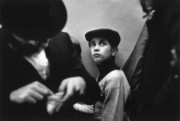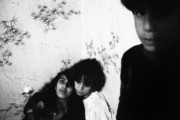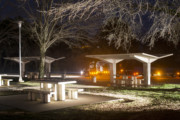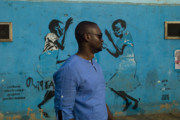Paris Attacks: The Survivors
Patrick Zachmann tells the story of the Bataclan survivors
Magnum photographer Patrick Zachmann was the first press reporter to film the scene of the Paris attacks of November 13, 2015. Following his intuition and the noise of sirens through Paris, riding his scooter through ambulances and emergency response services, he arrived at the Bataclan just as the police began to fire shots.
He recalls, “The policemen, the first to be on the field, were kind of overwhelmed by the situation and were shouting orders to some people or to each other; I remember an injured woman, who I couldn’t see, obviously lying down on the street in front of the Bataclan, asking for help; the noise of the shootings, of course, but paradoxically, what I remember the most is the silence. A frightening silence. I didn’t know what was happening inside the theater, I couldn’t, no one could imagine the horror that was occurring over there.”
Filming the events on his iPhone, his footage became some of the first to be seen globally, released by Magnum and used by all the major news networks reporting the attacks. These scenes, engraved in our collective memories, have also left an indelible mark on Zachmann. Deeply moved by the events he witnessed, the photographer felt compelled to continue to work on the subject of the attacks and their survivors.
In his own words, he speaks of the emotional impact that fateful evening had on him: “We photographers believe that we are strong enough and protected by our cameras, by our ‘professionalism’. For the first time, an event close to my home proved the opposite to me.”
Zachmann went on to work with the people who lived through the events. He contacted an association of survivors called ‘Life for Paris’. “They needed to gather, to talk, to help each other, to try to survive this trauma and think about the future… They all have terrible stories.”
These are their stories.
Frank A.
“I chose to be photographed in a forest where I regularly go, alone or with friends, to practice mountain biking. Biking helps relieve me of some of my stress and empty my head. The environment of the forest is different from Paris, where there are always siren noises, which continually remind me of what happened. Being in the forest helps me to forget all of that. Before, I’d ride for the pleasure of sport, but since November 13, I also do it out of necessity.”
Frank was at the Bataclan alone. At the time of the attack, Frank was on the left-hand side of the pit, further away from the stage. He went to hide behind stored gear. At one point, one of the terrorists, Ismael M, was five meters away from him. Frank saw him shoot, shot after shot, with his Kalashnikov rifle and smile.
Alexis Lebrun
“I didn’t want to be photographed at home so as not to feel invaded by the events, and because I didn’t want this tragedy to invade my personal space, which is very important to me. This is why we created this little mise-en-scène. This photograph was taken at the Jardin de Reuilly, a small green space I like very much. The record player is a children’s toy by Fisher Price, from the 80s, which my parents owned and is now a collectable item. It is a very important object to me. The record is the first vinyl I ever bought, at Gibert Joseph in 2009. It’s The Who Sell Out. I love the cover and the song I Can See For Miles.”
Catherine
“Painting, that was my release. It allowed me to get my head above water. It helped me rebuild myself. Before the attack, I was already painting and after it provided a place I could find refuge. I had to have another way to express my emotions, as words were lost to me. I painted compulsively. My painting was realist and light, but became abstract with bright colors.
That night I was with my boyfriend, but we broke up afterwards. Every landmark of ours collapsed. I was on the balcony and saw the dead and the injured. I found refuge in an emergency exit staircase and, after 30 minutes, when I finally got out to the Amelot way, there was shooting. I tripped on a corpse and in a state of panic I took a left and found myself in front of the Bataclan Café, amongst the dead.
My boyfriend and I found refuge in a café and located a taxi to get back to my place. After the attacks, I was not taken care of right away and I had a feeling of abandonment. The psychologist that I now see told me that in cases such as mine, the recovery process is harder. Indeed, the more time that passes, the more we realize that our recovery won’t happen over night.
Today, a year after, I am a little better but I have nightmares and sleep issues; I have sudden anxiety attacks in the metro as soon as it gets a little crowded and I panic at every police or fireman siren. Subsequent attacks bring you down again but fortunately there are the other survivors who understand me and who have become my friends through the association.”
Catherine only works part-time since the events (“therapeutic part-time”).
Anne-Sophie and Pascal
“We were both at the Bataclan but met after November 13, during an ‘apéro-thérapie’ set up by the ‘Life For Paris’ association, in which we are involved. Our ‘return to life’ was marked by a strong need for change and escape. Ever since the 13th we have felt the need to leave the pressure of the city, and return to the calmness of nature”.
Caroline Langlade
“On the night of November 13, after being freed from the Bataclan, I was taken to the 11th arrondissement’s town hall by the emergency unit that was put together on the night. I will forever remember this room, incredibly big and yet so crowded. The survival blankets fitted perfectly with the luxurious tapestry on the walls. As an 11th arrondissement inhabitant, for me this town hall has always represented the heart of my neighborhood. Today, the elected representatives of the 11th are by our sides to help our association grow, to rebuild social ties, and to get involved in the field. More than ever this place represents a will to help others and the civil and civic resistance of our daily lives.”
Caroline chose the inner courtyard of the town hall, where she smoked her first cigarette after the events, to be the setting of her portrait.
Serge L.
“I cannot discuss the experience with my family, as they weren’t there, hence the need to get together with victims. I met other victims of the attack via Facebook at first, and then through the association. We went to bars and called these moments “apéro-thérapies”. My wife gave me the ticket to the Bataclan that night as a birthday present. We went together, but I came out alone.
I was lying down for two hours without moving, in the pit, with my wife in my arms. I wanted my picture taken in the bar near the Bataclan where we drunk together, right before the concert. The first time, I came here with my 5-year old daughter to whom I told everything because she asked me many questions. The second time, I came with pictures of my wife.”
Valerie and Nicolas
“My husband and I wished to be photographed together because, if we survived the Bataclan attacks on the 13 November, it’s because we stayed together until the end. We played dead for an hour and forty minutes in the pit, laying down against each other, while they assassinated the survivors one by one. My husband gave me the strength to stay calm, and he himself felt it was his personal mission to stay utterly in control.
Our son was seven months old when the events took place. We hung on for him, that night. He bears his father’s Polish name, Stanzick, which means ‘he who stands’. That was our first message to those close to us, the day after the attacks: ‘traumatised, but living and standing.'”


